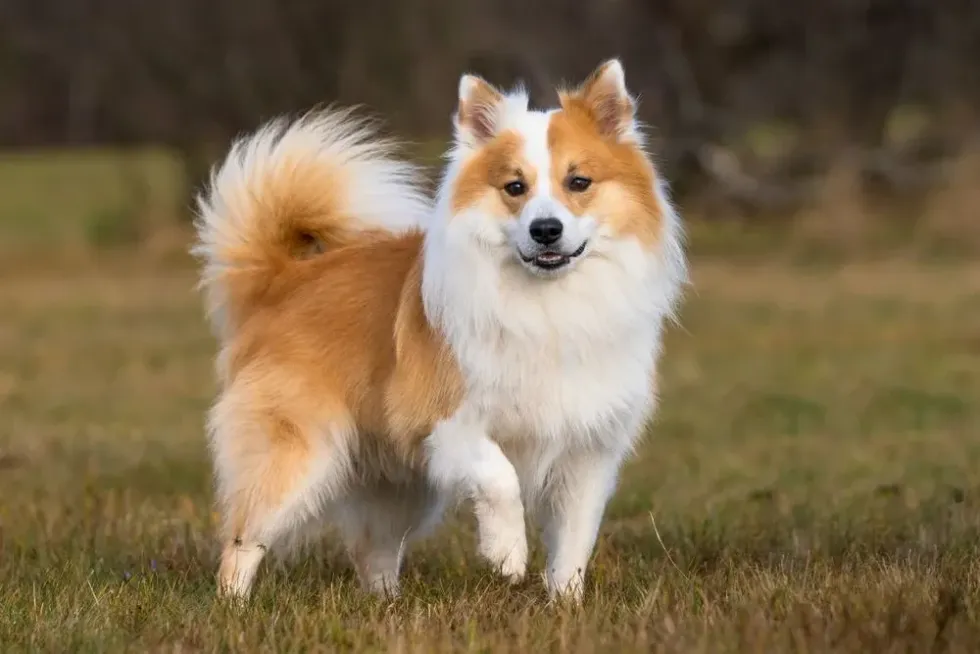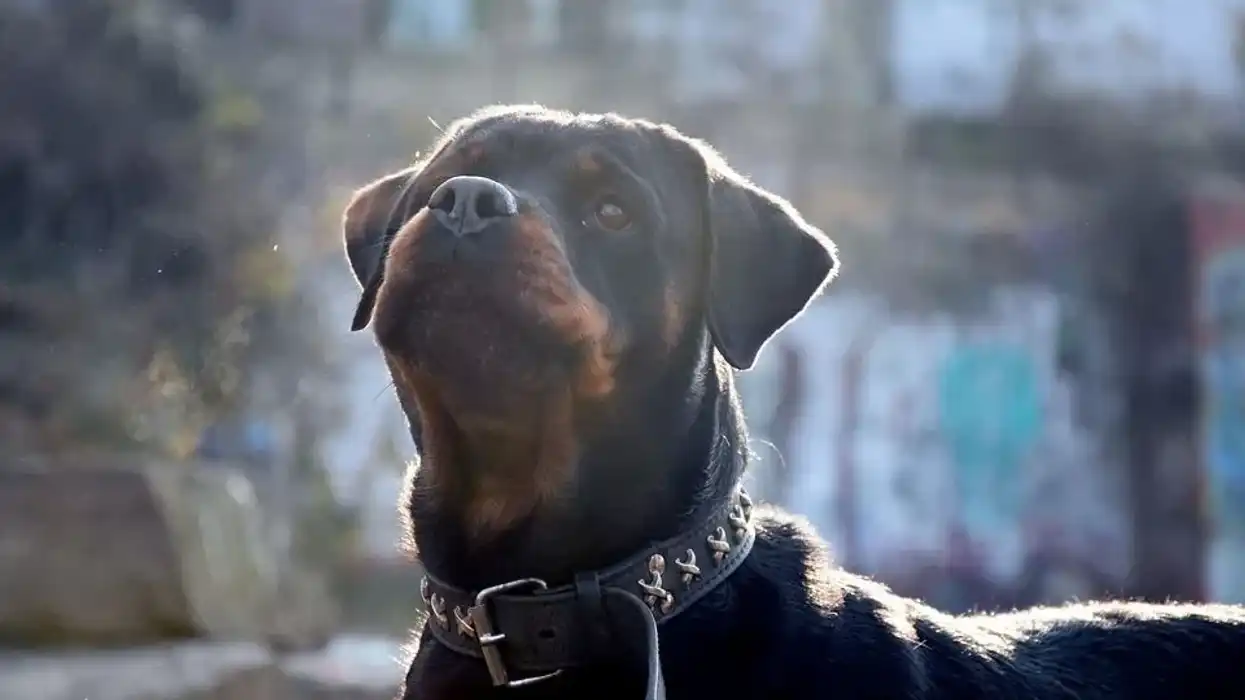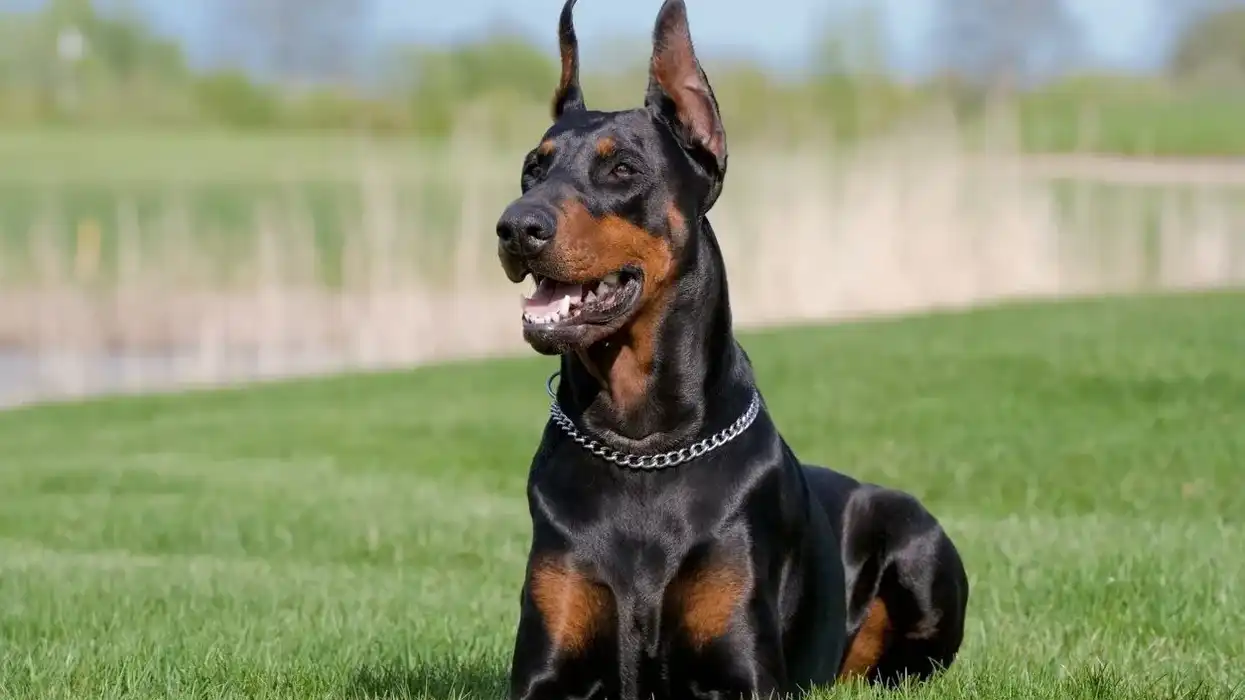Fun Icelandic Sheepdog Facts For Kids
The Icelandic sheepdog is a very popular breed all across the world, especially in colder climates. Originating in Iceland, the sheepdog was thought to be introduced to other parts of the world by the Vikings in the early 800s and was utilized for herding various kinds of livestock, primarily sheep.
They often ran after or barked at birds that came to attack animals, a tendency that is still present in many of these dogs.
Due to their quick wit, agile nature, friendly demeanor, and adorable appearance, they quickly came to be adopted as house pets.
Many dog breeders specifically choose these dogs because of their happy temperament and easygoing nature. It is thought that close to 100 sheepdogs are born every year, each with a life span that extends from 12 to 15 years.
They are part of many prestigious societies and clubs, such as the American Kennel Club (AKC), and they thrive in social settings and excel in dog sports. Since they are used as herding dogs, this breed tends to have strong instincts and a desire to work independently.
Therefore, many people opt for placing their dogs in training camps or obedience training programs in order to make them better house pets.
The Icelandic sheepdog is easily recognizable from its pointy ears, fluffy outer coat, curled tail, medium-size, and rectangular side angle. Their weight rests somewhere between 20-30 lb (9.1-13.60 kg), and their height rests between 16.53-18.11 in (42-46 cm).
They come in a diverse range of colors, which are often mixed with white, such as chocolate brown, black, tan, and brown. They have a very thick coat, which is composed of a dense undercoat and a long overcoat, so they are prone to frequent shedding.
In order to maintain their appearance, this dog breed needs to be groomed and have their coat brushed once or twice a week.
Overall, an Icelandic dog is a healthy breed that engages in various activities such as herding and dog sports. They make loving, energetic, and compassionate pets and are a great addition to any family.
To learn more Icelandic sheepdog facts, keep reading! For more relatable content, check out these Croatian sheepdog facts and Polish lowland sheepdog facts.
Icelandic Sheepdog Interesting Facts
What type of animal is an Icelandic sheepdog?
Iceland sheepdogs are medium-sized dogs that are often referred to as the Icelandic spitz or the 'íslenskur fjárhundur'. You can recognize them by their pointy ears, double coat, and curled tails.
As a breed of dog, they are known to be energetic, agile, and friendly. It is believed that they were brought over to Iceland in the ninth century by the Vikings and they were most commonly used for herding livestock such as sheep from one area to another.
This sheepdog would help to defend the sheep from various predators, including birds of prey. Over time, the Icelandic sheepdog evolved to become Iceland's only native breed of dog.
What class of animal does an Icelandic sheepdog belong to?
The Icelandic sheepdog belongs to the mammal class. They fall under the Canidae family.
How many Icelandic sheepdogs are there in the world?
There are estimated to be around 20,000 Icelandic sheepdogs present around the world. Although an exact number cannot be calculated, we can infer their number on the basis of online and offline canine registration records.
Where does an Icelandic sheepdog live?
While a majority of Icelandic sheepdogs do reside in Iceland, many are adopted by European or American citizens. They are considered to be a very popular breed for adoption since they tend to be healthy and friendly dogs. An Icelandic sheepdog generally has high energy levels and enjoys exercising outdoors.
What is an Icelandic sheepdog habitat?
Since the Icelandic sheepdog breed has mostly become domesticated, they are often found indoors in a house setting.
However, they love to exercise and have a very high energy level, so it is imperative that anyone who owns an Icelandic sheepdog takes their dog outdoors at least a couple of times a week for training or sports, on top of daily walks.
Who does an Icelandic sheepdog live with?
Icelandic sheepdogs make great pets as they are usually found to be in good health, can stay active for long periods of time, and are extremely playful around young children.
Since they are intelligent creatures with a high activity level, many parents love to adopt breeds such as the Icelandic sheepdog, given their amiable characteristics. It's best that puppies are not left alone since they are sociable animals and love to be around other dogs and people.
They were officially included in the American Kennel Club a couple of decades ago.
How long does an Icelandic sheepdog live?
The life expectancy of an Icelandic sheepdog lies somewhere between 12 and 15 years. Over their life span, most members of this breed tend to remain healthy, as they are not easily prone to injury. However, owners should be careful since there is a chance that these animals may suffer from issues such as dog cataracts and hip dysplasia.
How do they reproduce?
An Icelandic sheepdog is known to achieve sexual maturity after nine to 10 months.
Male puppies become fertile at three to four months and the average gestation period for female dogs is 63 days, during which time their eggs are fertilized. It is better if a female Icelandic sheepdog becomes pregnant before the age of five since there tend to be fewer issues of infertility and during pregnancy at this age.
Once a female Icelandic Sheepdog goes into labor, she may give birth to anywhere between four and eight puppies.
What is their conservation status?
The conservation status for this breed has not been listed by the IUCN (the International Union for Conservation of Nature). It is currently assumed that the dog breed is not endangered.
Contrary to their present situation, they faced severe extinction in the late 19th century and the early 20th century. A disease nearly wiped more than 75% of the breed out. Over the last couple of decades, their popularity has increased, and this Icelandic dog is generally not assumed to be an endangered breed any more.
Icelandic Sheepdog Fun Facts
What do Icelandic sheepdogs look like?
These sheepdogs are medium-sized dogs that reach around 16-18 in (40.6-45.7 cm) at the shoulder and weigh an average of 25 lb (11.3 kg). They are characterized by a coat that has a solid color such as black, tan, or brown and is covered with white markings.
These white markings on the coat often make them look even more adorable. They have two layers of coats, a thick undercoat and a long outer coat that extends over their entire body from their head to their paws.
They look rectangular from the side and have pointy ears and a curled tail. Their tail is an easy to recognize feature.

How cute are they?
One of the main reasons that many people are attracted to the Icelandic sheepdog is because of how cute they are. These dogs make for very energetic, lively, and cheerful puppies that love to play outdoors and exercise with their owners.
Since they are very intelligent beings with minds of their own, they need ample sports and lots of training to be fully domesticated.
They would be a great addition as a pet to any household because of their adorable characteristics. Whilst they are not hugely friendly towards cats, they do tolerate them and can often live alongside them.
How do they communicate?
The Icelandic sheepdog is one of the most vocal dog breeds. They have a loud bark and tend to be animated in nature. Over time owners can help them control their overt barking tendencies through training and exercise. They are very intuitive creatures. Therefore, they will convey whatever they wish to communicate through barking.
How big is an Icelandic sheepdog?
Males have a height of around 18.11 in (46 cm), while females have a height closer to 16.53 in (42 cm). This height can vary from dog to dog. Their length is generally assumed to be close to the medium length for most dogs. They are almost half the size of Saint Bernards.
How fast can an Icelandic sheepdog run?
Although an Icelandic sheepdog's exact speed is not known, they are very playful and love to be outdoors. It is recommended that owners take them out for some form of sports on a daily basis since they are very agile and need training.
Throughout history, Icelandic sheepdogs have been used for the purpose of herding various animals, just like Old English sheepdogs, due to their fast pace and ability to shift and maneuver large crowds easily. This has made them relatively athletic and quick dogs.
How much does an Icelandic sheepdog weigh?
They generally weigh between 20-30 lb (9.1-13.60 kg). Both genders have similar weights, with very little difference.
What are their male and female names of the species?
There is no well-known distinction in the names of male and female Icelandic sheepdogs. Both are referred to as Icelandic sheepdogs.
What would you call a baby Icelandic sheepdog?
Even though there is no specific name for an Icelandic sheepdog's offspring, puppies are often nicknamed 'Icies' by their ardent fans.
What do they eat?
Icelandic sheepdogs need a diet that is full of protein, carbohydrates, vitamins, and minerals for their digestive system as well as their overall health. It is best to give them a meat-based diet that is high in protein and minerals. Kibble or a raw dog food diet is recommended for any spitz Iceland dog.
Are they slobbery?
They are not particularly slobbery and are not prone to constant drooling. However, one of the main nuisances experienced by owners is not related to their salivary glands, it is actually related to their thick coat.
Since dog breeds such as the Icelandic sheepdog are found in colder climates, their bodies have evolved to develop a double coat, which leads to large amounts of shedding.
Would they make a good pet?
Icelandic sheepdogs make for excellent pets because they have many of the breed characteristics that dog parents look for in pets. They love to play sports, engage with people, are comfortable with other animals, and are intelligent.
Being a dog breed that is medium in size, many families and individuals that are averse to keeping large pets can consider adopting them.
Since this dog breed is very popular, many breeders also chose to cross-breed them with other breeds, although it is often better to adopt. Icelandic sheepdogs are known to be active; therefore, they need some form of daily exercise from the time that they are at the puppy stage.
They also love to take part in a variety of dog sports and get along with other dogs.
In terms of grooming, there is a lot of maintenance required for their upkeep. There are plenty of advantages that thick coats provide to these dogs.
However, the downside is that having a heavy undercoat and overcoat leads to a ton of shedding. They have two main shedding seasons throughout the year, so dog parents are advised to look out for the arrival of those seasons.
For the purpose of regular grooming, the outer coat of these dogs should be brushed once or twice a week.
Did you know...
An Icelandic sheepdog could cost you anywhere from $800-$1000.
Do Icelandic sheepdogs bark a lot?
Icelandic sheepdogs bark a lot, but their general temperament is very friendly, and they don't tend to be aggressive. Due to their history of helping with herding, many people prefer to adopt this breed as it is energetic and has a strong protective nature. While they may bark a lot, they are not and almost never tend to bite.
Are Icelandic sheepdogs smart?
Icelandic sheepdogs are a very smart breed, and they easily respond to training. They tend to be able to work independently and often have a mind of their own, which often leads to erratic behavior.
Therefore, obedience training is vital for this dog breed. On the other hand, since they are extremely sociable and eager to please their owners, Icelandic sheepdogs respond well to commands and easily follow instructions. Dog owners who wish to have a smart pet often choose breeds such as the Icelandic sheepdog.
Here at Kidadl, we have carefully created lots of interesting family-friendly animal facts for everyone to discover! Learn more about some other mammals from our coatimundi facts and bluetick coonhound facts pages.
You can even occupy yourself at home by coloring in one of our free printable icelandic sheepdog coloring pages.
We Want Your Photos!
More for You
See All
Bachelor of Arts specializing in Journalism and Mass Communication, Postgraduate Diploma in Sports Management

Moumita DuttaBachelor of Arts specializing in Journalism and Mass Communication, Postgraduate Diploma in Sports Management
A content writer and editor with a passion for sports, Moumita has honed her skills in producing compelling match reports and stories about sporting heroes. She holds a degree in Journalism and Mass Communication from the Indian Institute of Social Welfare and Business Management, Calcutta University, alongside a postgraduate diploma in Sports Management.
Disclaimer
1) Kidadl is independent and to make our service free to you the reader we are supported by advertising. We hope you love our recommendations for products and services! What we suggest is selected independently by the Kidadl team. If you purchase using the Buy Now button we may earn a small commission. This does not influence our choices. Prices are correct and items are available at the time the article was published but we cannot guarantee that on the time of reading. Please note that Kidadl is a participant in the Amazon Services LLC Associates Program, an affiliate advertising program designed to provide a means for sites to earn advertising fees by advertising and linking to Amazon. We also link to other websites, but are not responsible for their content.
2) At Kidadl, we strive to recommend the very best activities and events. We will always aim to give you accurate information at the date of publication - however, information does change, so it’s important you do your own research, double-check and make the decision that is right for your family. We recognise that not all activities and ideas are appropriate for all children and families or in all circumstances. Our recommended activities are based on age but these are a guide. We recommend that these ideas are used as inspiration, that ideas are undertaken with appropriate adult supervision, and that each adult uses their own discretion and knowledge of their children to consider the safety and suitability. Kidadl cannot accept liability for the execution of these ideas, and parental supervision is advised at all times, as safety is paramount. Anyone using the information provided by Kidadl does so at their own risk and we can not accept liability if things go wrong.
3) Because we are an educational resource, we have quotes and facts about a range of historical and modern figures. We do not endorse the actions of or rhetoric of all the people included in these collections, but we think they are important for growing minds to learn about under the guidance of parents or guardians.







